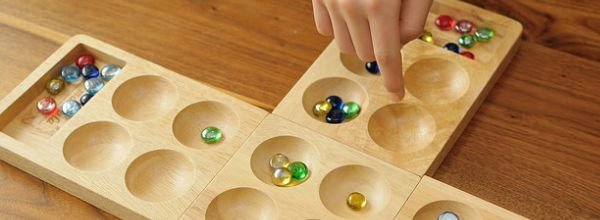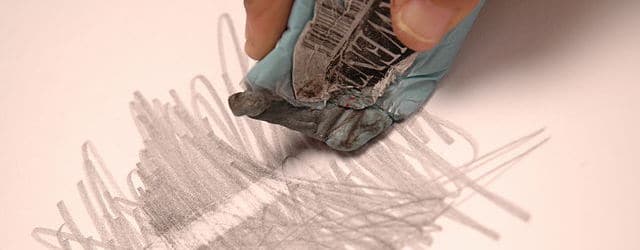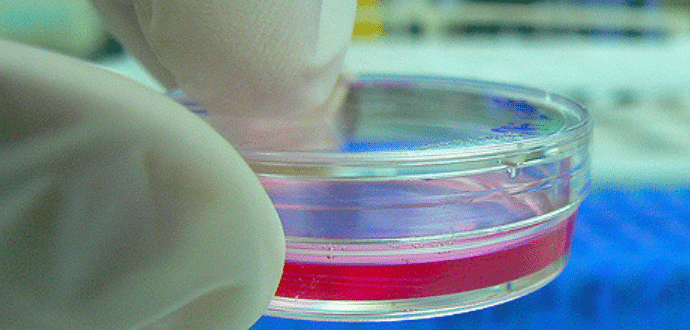If you are bringing cells to a core to be sorted there are a few things you can do to optimise your sorting and will help the core staff. Here are a few hints:
1) Know the size of your cells
Do you know the size of your cells? Not many people do and its one of the most important things to tell your core when booking a sort. The rule of thumb when sorting is to use a nozzle that is 4 times larger than your cell size. If you want to sort lymphocytes (around 10 ?m) then a 70 ?m nozzle is used (this is the smallest size). Larger cells such as HeLa (~20 ?m) need a 100 ?m nozzle. By selecting the correct nozzle size this will help your cells to sorted efficiently and prevent blockages. However, the larger the nozzle size, the slower the sorter can sort and therefore the fewer cells can be sorted.
2) Know your total cell number
The limits for the speed of sorting are based on not having your event rate more than one-third of the frequency applied to the stream and the differential pressure between the sheath and sample. For a 100 ?m nozzle, with 20PSI on an Aria III, the frequency is around 30,000 Hz, which means 30,000 droplets are formed per second. In order to spread the cells out in the droplets we aim to have a cell every third droplet, therefore the maximum event rate is 10,000 cells per second. This means that we can sort around 36 million total events per hour with those settings. So book the time needed on the sorter based on the total number of cells in your tube. Don’t forget to add time for setting up the machine with your controls.
3) Filtering your cells
One of the most important rules of sorting, is the last thing you do before bringing your cells to the sorting lab, is to pass them through a cell filter. This will help prevent clogs in the machines and keep your cytometrist happy. Again choose the correct size filter for the size of your cells. DO NOT use a 70 ?m filter for your lymphocytes, use a 30 ?m filter. This will help prevent clumping and blockages in the machine.
4) Know the viability of your cells
As the previous article (Crap in Crap out) stated, if you put good cells in you cell get good cells out. This is really important for sorting. Know the viability of your cells by adding a live–dead discriminator such as DAPI, PI or To-Pro 3. This way you will know how happy your cells are and the dead cells are gated out and therefore eliminated from your sort. If they are unhappy before sorting then they are unlikely to survive sorting. (link to viability article)
5) Use Antibiotics after sorting
The sheath in a sorter is filtered through a 0.2 ?m filter and the sample lines can be cleaned with bleach, detergent and water, while surfaces can be liberally sprayed with ethanol. However, most sorters are open to the air and are classed as clean and not sterile. Therefore if you want to culture your cells after sorting, you really should add pen/strep to your media.
6) Wear gloves
If you want to culture your cells afterwards, don’t forget to wear gloves when handing your plates and tubes to the cytometrist. It’s often easy to forget your gloves when you are out of tissue culture.
7) Tell your cytometrist what you will be doing with the cells afterwards
It’s important that your cytometrist knows if you are going to culture your cells or do processing of DNA/RNA. They might want to make some changes to the settings on the machine, such as decreasing the trigger threshold if you will be amplifying nucleic acids after sorting. This will prevent debris and fragments of DNA accidentally being sorted with your cells.
8) Controls
Treat your sorting experiment as you would an experiment on an analyser. Please bring all of the correct controls (see Take Control of Your World – Five Controls for Flow Cytometry for more details on the right controls).
9) Don’t forget something to collect your cells in
You have a lot to bring to the lab, including your controls and samples but don’t forget your tubes or plates with media in them. It’s important that we sort into a liquid to prevent cell damage so bring some media or PBS with protein; something that will keep your cells happy.
10) Bring your cells at a good concentration
In order to sort efficiently a concentrated sample is needed. Bring cells at a concentration of between 10–20 million per ml and bring some spare media or PBS with you as it’s easier to dilute a sample than to concentrate it.
If you follow these tips you should be able to get the best out of your sorting and help keep your flow cytometry core staff happy!






